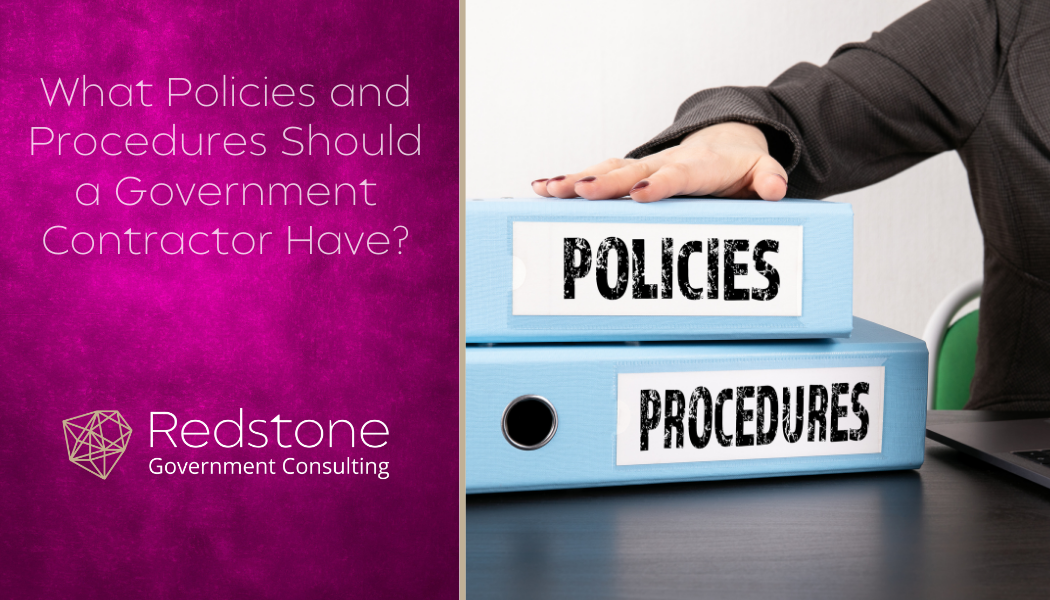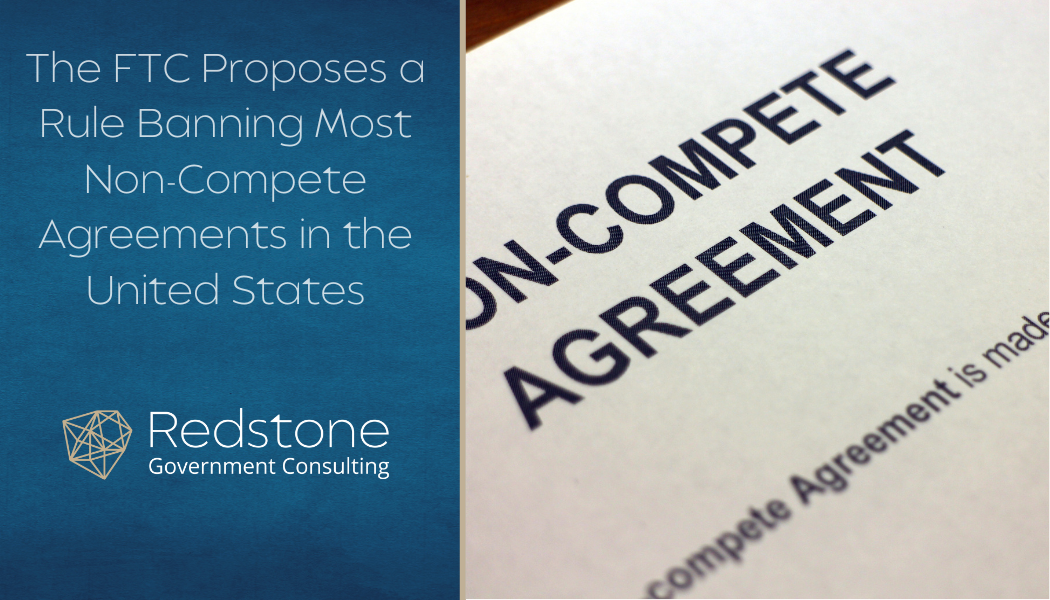If this were only a simple question. The most straightforward answer is that it is a good idea for any company to have policies and procedures. If that company is going to do business with the US Government those policies and procedures are going to have to be expanded as each contract may present additional requirements. To help you understand the complex level of requirements we will address the major business systems and other key areas.
Topics: Compliant Accounting Infrastructure, Contracts & Subcontracts Administration, DFARS Business Systems, Human Resources, Contractor Purchasing System Review (CPSR), Government Regulations, Government Property Management, Federal Acquisition Regulation (FAR), Material Management & Accounting System (MMAS), Estimating System Compliance
If chosen carefully and skillfully, a Human Resources Management (HRM) Technology Solution can significantly improve workplace productivity, enhance compliance, and encourage employee engagement. The various acronyms (i.e., HRM, HRIS, HCM) utilized to describe HR technology solutions often create confusion. Essentially, a robust Human Resource Management system, “HRM” as we will call it, brings together human resources (full life cycle of applicant tracking through onboarding-to-termination), timekeeping, workforce management, payroll, and data analytics all under one technology solution—a comprehensive, full-suite single solution.
Topics: DCAA Audit Support, Human Resources, UKG Ready HR Software Consulting
This article helps define Organizational Change Management (OCM) and Organizational Intelligence (OI) and addresses their practical relevance to healthy business operations.
Topics: Human Resources, Organizational Change Management Consulting
This article is under review as a result of EO 14173, Ending Illegal Discrimination and Restoring Merit-Based Opportunity, signed by President Trump on January 21, 2025. As we await further information from OFCCP and the courts, please reference this article for current status and action items.
Over the last few years, with the uber-competitive labor market and evolving landscape of remote and hybrid work arrangements, I've had many conversations (some feeling more like counseling sessions!) with clients who had become very tired and frustrated with the rising compensation and work-related demands of candidates. These conversations included questions like: When will we see the labor market settle? How can we be profitable when paying rates such as this? What makes sense? Is there any way this would be considered reasonable? Will that be fair to my long-term employees? What we found is those with established and well-structured compensation plans were able to respond to these questions and the challenging scenarios they faced much more efficiently and effectively than those who did not.
All Time and Material (T&M) contracts with the Federal Government, even commercial ones under Federal Acquisition Regulations (FAR) part 12, have one big thing in common. That big thing is that all of the labor hours delivered must be performed by individuals meeting the labor qualifications specified in the contract. The Federal Government uses very strong language in its contract requirement related to this, stating the hours “will not be paid to the extent the work is performed by individuals that do not meet the qualifications.”
Topics: Contracts & Subcontracts Administration, Human Resources, Government Regulations, Federal Acquisition Regulation (FAR)
In late 2008, the Final Rule on Contractor Code of Business Ethics and Conduct (“CoBEC”) was added to FAR Part 3 (Improper Business Practices and Personal Conflicts of Interest) in response to the heightened focus on increased lapses in corporate ethical behavior. FAR Subpart 3.10 sets forth guidance for all contractors with regard to enhanced ethical and compliance standards and requires the insertion of the clause at FAR 52.203-13 in solicitations and contracts if the value of such contract is expected to exceed $6 million, and the performance of which is 120 days or longer. DCAA focuses on compliance with FAR 52.203-13 when conducting accounting system audits.
Topics: Government Compliance Training, Human Resources, Federal Acquisition Regulation (FAR)
Oftentimes when supporting the production of cost volumes and pricing exercises for clients, we’re given a basis of estimate (BOE) that has been written by someone on the technical team. Even being a group of accounting and compliance professionals who know little in areas such as cyber, engineering, or other technical areas of the scope of work, we’re left scratching our heads. This usually leads to several back-and-forth discussions centered around gleaning enough information from the technical team to pass the proverbial government “sniff test”.
Topics: Compliant Accounting Infrastructure, Proposal Cost Volume Development & Pricing, Small Business Compliance, Human Resources, Government Regulations, Federal Acquisition Regulation (FAR), Estimating System Compliance
This article is under review as a result of EO 14173, Ending Illegal Discrimination and Restoring Merit-Based Opportunity, signed by President Trump on January 21, 2025. As we await further information from OFCCP and the courts, please reference this article for current status and action items.
The Office of Federal Contractor Compliance Programs (OFCCP) issued the FY 2023 Corporate Scheduling Announcement List, commonly referred to as a CSAL on January 20, 2023. This list includes 500 supply & service contractors selected for an Establishment Review, Corporate Management Compliance Evaluation (CMCE), or Functional Affirmative Action Program (FAAP) review. These reviews help determine whether a covered contractor maintains records consistent with their obligations under OFCCP’s laws, has correctly certified in the GSA’s System for Award Management database and has established Affirmative Action Programs (AAP) at each establishment.
Topics: Human Resources, Office of Federal Contract Compliance Programs
On January 5, 2023, the Federal Trade Commission (FTC) voted 3-1 on proposed regulations that, if upheld, would ban employers from imposing non-competition agreements on their employees. Relying on Section 5 of the FTC Act, the FTC concluded that “non-compete clauses reduce competition in labor markets, suppressing earnings and opportunity even for workers who are not directly subject to a non-compete.” Commissioner Wilson dissented, stating that the FTC lacks the authority to engage in rulemaking, particularly with consequences of this significance.
Topics: Small Business Compliance, Human Resources, Government Regulations
This article is under review as a result of EO 14173, Ending Illegal Discrimination and Restoring Merit-Based Opportunity, signed by President Trump on January 21, 2025. As we await further information from OFCCP and the courts, please reference this article for current status and action items.
In this uber competitive labor market, it is more crucial than ever to be creative with compensation and benefits. Compensation programs and retention strategies have expanded beyond base compensation and bonus to include all methods in which employees are rewarded and incentivized. As a Federal Government Contractor, it is especially important to understand the FAR requirements which may impact compensation decisions and to document all processes and procedures related to your compensation program.
Topics: Human Resources, Federal Acquisition Regulation (FAR)










